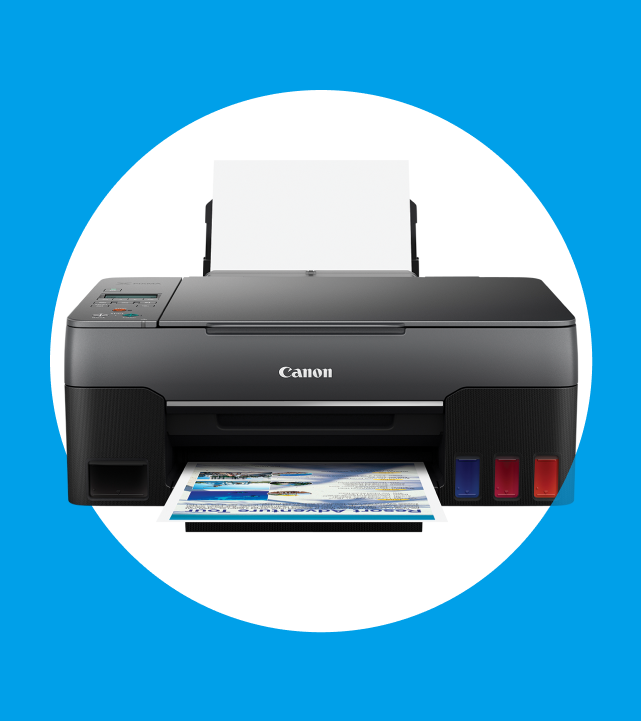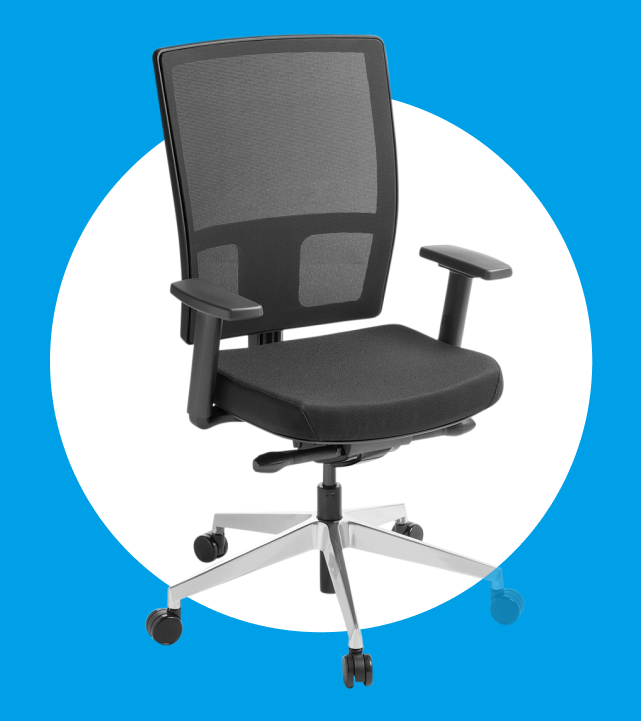Carbon Foot print: To measure is to know
To get an accurate grasp of how your organisation is doing on its quest to lower carbon emissions, the first step is also the most obvious: get your measurement in order. That’s the message Tom Kelly, Environmental Initiatives Manager at The Warehouse Group has for business owners.
Let’s start with a well-suited quote from 19th century mathematician Lord Kelvin, “When you can measure what you’re talking about, and express it in numbers, you know something about it.”
The Warehouse Group has been reporting on its Greenhouse Gas emissions since 2009, and since then, The Group has established a clear understanding of baseline emissions and has also become familiar with the emissions management process.
It should come as no surprise that a certified emissions inventory takes a significant investment of time. “We had to ensure we had adequate reporting processes established, a commitment to an annual cycle of measurement, management of emissions, and finally, verification by an independent body,” says Kelly. “There’s a great investment required to achieve this level of detail, but for the benefits of such certification - access to global markets, entry to exclusive tenders, international certification recognition and enhanced consumer perception – it was an easy decision for us.”
There is a general level of agreement and understanding across most areas of society that reporting on emissions is a good thing, but there are still many questions around the ‘how’ aspect of reporting. Kelly has four key steps for beginning the emissions reporting journey:
- Getting buy-in
- Defining your emissions inventory boundary
- Data collection and measurement
- Input and reporting.
The first and most important step is getting buy-in. It is essential that at the most senior level of your business you have buy-in and commitment to embark on this journey.
While it’s understandable that most organisations would want to spring into action and begin reporting on emissions as soon as possible, setting up your internal framework and reporting regime is not a sprint, but more a long-term, well planned marathon. It’s more important to set your organisation up for success through thorough planning than to rush into action.
The second step, defining your emissions reporting boundary, essentially determines what is included in the reporting and what’s not. Organisational boundaries define the operations, facilities, and sources that are to be included in the inventory. While Operational boundaries categorise the emissions resulting either directly or indirectly from the organisation’s operations, facilities, and sources.
In step three, you can move onto the ‘what’ of emissions reporting, which is data collection and measurement. The easiest way of collating emissions data is via a simple reporting template. “There are many examples on the internet – MfE provides a user-friendly Interactive Workbook on its website, so if you’re just starting out or even if you’re looking for a new tool, the MfE one is excellent and a good place to begin,”says Kelly. Visit here for MfEs guidance on measuring emissions.
A few rules apply at this stage. One, more information is better than less information, and two, ‘data always has a better idea than we do.’ Once again, to measure is to know.
At the final step, data input and reporting, is where the calculation of emissions comes in. This step not only gives you insight into where your emissions focus needs to be, but it starts a conversation as well. When you share your footprint, you’ll invite questions and comments from all corners of your business.
For those that might be overwhelmed by the amount of work this seems to be, it’s important to appreciate you’re not the only person or company doing this work. There is a very responsive and professional network that you can tap into including the Sustainable Business Council, EECA, the Climate Leaders Coalition and the MfE to name a few. There are also a number of expert services providers you’ll come across like Enviro-Mark Solutions and Trees That Count. These people can certainly help you to tell your story by verifying your numbers and adding credibility to your figures.
Once the numbers are crunched and the holes are spotted, its crucial to keep the process going and apply the findings to an organisation’s actions. It is critical we act on our findings and allow them to inform business decisions relating to emissions management. While it’s true that to measure is to know, knowing is not enough – we must apply.
Emissions reporting and doing your part to better the planet is more than a business goal.
Kelly shares that for him, “It means a great deal to me knowing that the company I work for is committed to playing its part. I feel fortunate to be working for this business, and when my kids want to know what and why I do what I do – I tell them I’m working for them, ensuring that they have a bright future.”
Learn more about The Warehouse Group is #hereforgood
https://www.thewarehousegroup.co.nz/news-updates/hereforgood
https://www.mfe.govt.nz/climate-change/guidance-measuring-emissions



